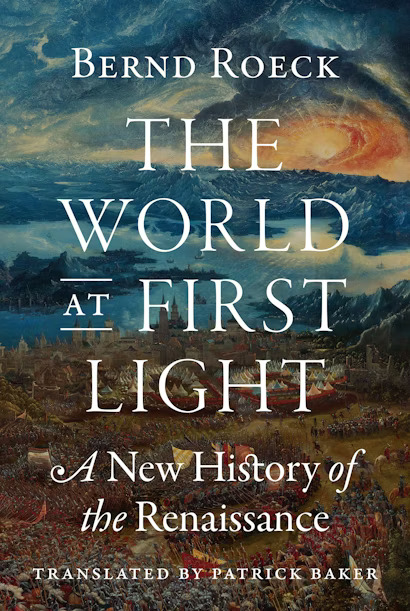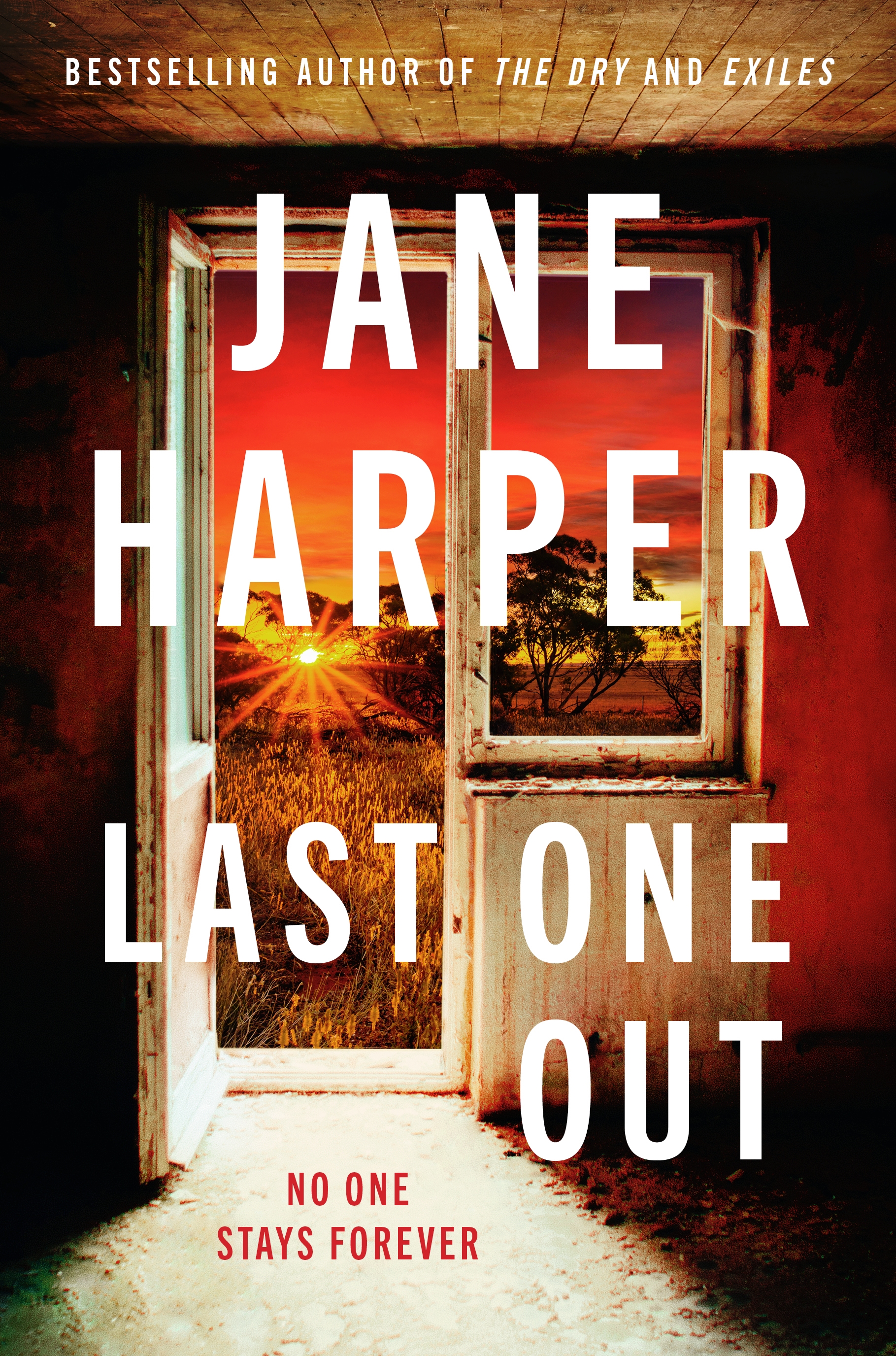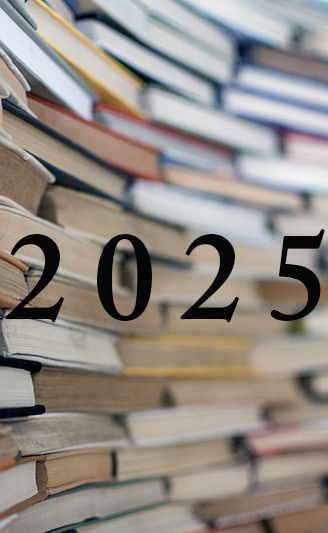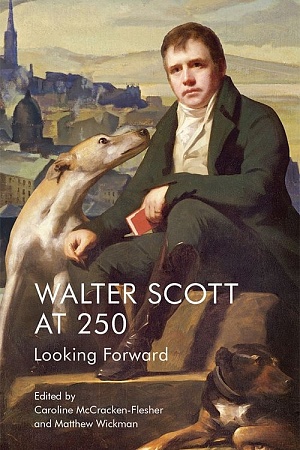A Short History of the Twentieth Century
Harvard University Press (Inbooks), $39.95 hb, 230 pp, 9780674725362
Villains
The author of this impressive book had his ninetieth birthday this January. Born to a Jewish mother and Catholic father, he was fortunate to escape death in his native Hungary in World War II and to live another existence in the United States as an intellectual and historian throughout the Cold War. The label he sometimes claims is ‘reactionary’, but this is too simple for such a thoughtful spectator of the tempestuous, topsy-turvy twentieth century.
He likes to examine turning points and the role of individuals. He dissects and evaluates Woodrow Wilson (‘this pale professor president’) and Franklin D. Roosevelt, whose ‘greatest asset was his self-confidence’. He shines a torch on Lenin and Stalin, Mussolini and Mao Zedong, and, briefly, on Nelson Mandela. He hints – without exactly saying so – that one of Mandela’s many virtues was that this forgiving leader belonged to a continent that produced, in the same half-century, many brutal tyrants.
Who was the towering figure of the whole century? Lukacs votes for Hitler. While he despises Hitler’s core of evil, he also recognises his genius in the 1930s in understanding and then arousing the German people. At that time, Hitler’s military ambitions were restricted. He hoped, by winning minor wars, to avoid a major war, and so escape a repetition of the colossal World War I. In the late 1930s Hitler thought he could speedily conquer his European neighbours, one by one. To the last he expected Britain and France would be, like cautious chickens, unwilling to help Poland. Deep was his disappointment when he heard on 3 September 1939 that both had declared war on Germany. Though some historians say that Hitler had resolved to rule the world, his main ambition – according to Lukacs – was simply to ‘rule most of Europe’.
A remarkable facet of this fascinating book is that it blames Hitler solely for the war. I doubt, however, whether the small print in the book supports such singular blame. Lukacs himself notes turning points where Hitler in peacetime could have been halted and even disarmed, thus avoiding a major war. When in 1936 Hitler decided to reoccupy the old German Rhineland – a step deadly for France’s defence lines – France was indecisive and Britain, its vital ally, was weak. Together they were so powerful militarily that they could have made Hitler retreat, without even firing a shot. But they gave in, thereby emboldening and strengthening Hitler. Also to blame for World War II was the United States, which, having helped to defeat Germany psychologically more than militarily in 1918, then withdrew from Europe.
My own view is that both sides were to blame for the new war of 1939–45. Germany was visibly to blame for violating the peace. The nations that defeated her in 1914–18 were invisibly to blame for proceeding in the next two decades to throw away the victory they had won at enormous cost on the battlefields of Europe. The tragedy of the history profession globally is that today it possesses less agreement on what causes international peace than the medical profession, even a century ago, possessed on what caused diseases.
Churchill wins Lukacs’s prize as the hero of the twentieth century. He did not win the war, but in the crisis of 1940 he could have ‘lost the war’. We are informed with some confidence that Churchill had an excellent eye for human weakness and strength. Churchill understood Hitler, who in turn could not understand Churchill’s mind and determination. Likewise, Churchill ‘understood Stalin and Russia better than Roosevelt did’. Stalin’s grave defect in 1941 was that he, unlike Churchill, could not peer into Hitler’s mind, and so was astonished when Hitler, then his ally,overnight became his enemy. It is curious to learn that towards the end of the war Hitler still half-respected Stalin but now hated Churchill.
Lukacs concedes some respect for Stalin’s peasant-like realism. He thinks Stalin’s decision to declare war on Japan in August 1945 was as influential as Truman’s simultaneous decision to drop two atomic bombs on Japanese cities. At first sight, Lukacs’s experience as a young man would suggest that he would always remain a thankful worshipper of the United States and would shun the main line of Soviet leaders. But he respects what he calls Stalin’s ‘stunning’ proposal of 1952 to unify East and West Germany, to allow free all-German elections, and to remove all Russian and US troops and replace them with ‘an essentially all-German army’. Lukacs admits that Stalin was then ‘ailing and probably unsteady’, but it was still a constructive proposal. The Western powers instantly said no. Khrushchev, who was Stalin’s successor, also made major concessions, for which he has so far been given little credit.
When the Cold War finally ended, Lukacs marvels that the Soviet Union dissolved with so little bloodshed. The year 1989 he marks down as the end of the twentieth century and the close of Europe’s long era of might.
His book focuses on the century’s powerful nations, leaders, and ideas. In contrast the daily lives of typical people during the century are not often discussed, though American movies and musicals are singled out as a major reason for the ascent of English as the global language. Generally, he views material factors as less important than the human mind in shaping history. In the book’s index, the motor car and jumbo jet do not appear. Lukacs travels his own way.
While the author concentrates on the great powers, he visits briefly the southern hemisphere. He observes that the ‘mostly British, Irish and Dutch populations of Australia and New Zealand lived their calm, stolid, pioneer lives’. In fact in both countries the Dutch were far outnumbered by the Scots and several other peoples.
A few of his alert observations are disguised as questions. In 2000, in Africa and the Middle East, ‘only two places remained with a considerable white population’, and they were far apart in geography – South Africa and Israel. ‘Will they remain so,’ he asks, ‘another hundred years from now?’
One of his last conclusions displays the juggling side of his mind. He concedes that at least half of the world’s population became better off materially during the twentieth century. But he cannot assess whether they were happier. Indeed nobody – not even the most sensitive historians and thinkers of our time – ‘should be allowed even to speculate’ about this crucial question’. After reading his book I am not sure why he imposes such a taboo on discussion, but his final sentence provides a clue. Contrary to what the most optimistic scientists say, we should not, we cannot, know everything of importance: ‘[t]he limitations of our human knowledge do not restrict but enrich us.’
This book offers no footnotes, no sources, and no bibliography. Some historians will condemn these deliberate omissions, but the wide knowledge and long experience of such a prolific historian serve as an adequate list of sources.











Leave a comment
If you are an ABR subscriber, you will need to sign in to post a comment.
If you have forgotten your sign in details, or if you receive an error message when trying to submit your comment, please email your comment (and the name of the article to which it relates) to ABR Comments. We will review your comment and, subject to approval, we will post it under your name.
Please note that all comments must be approved by ABR and comply with our Terms & Conditions.